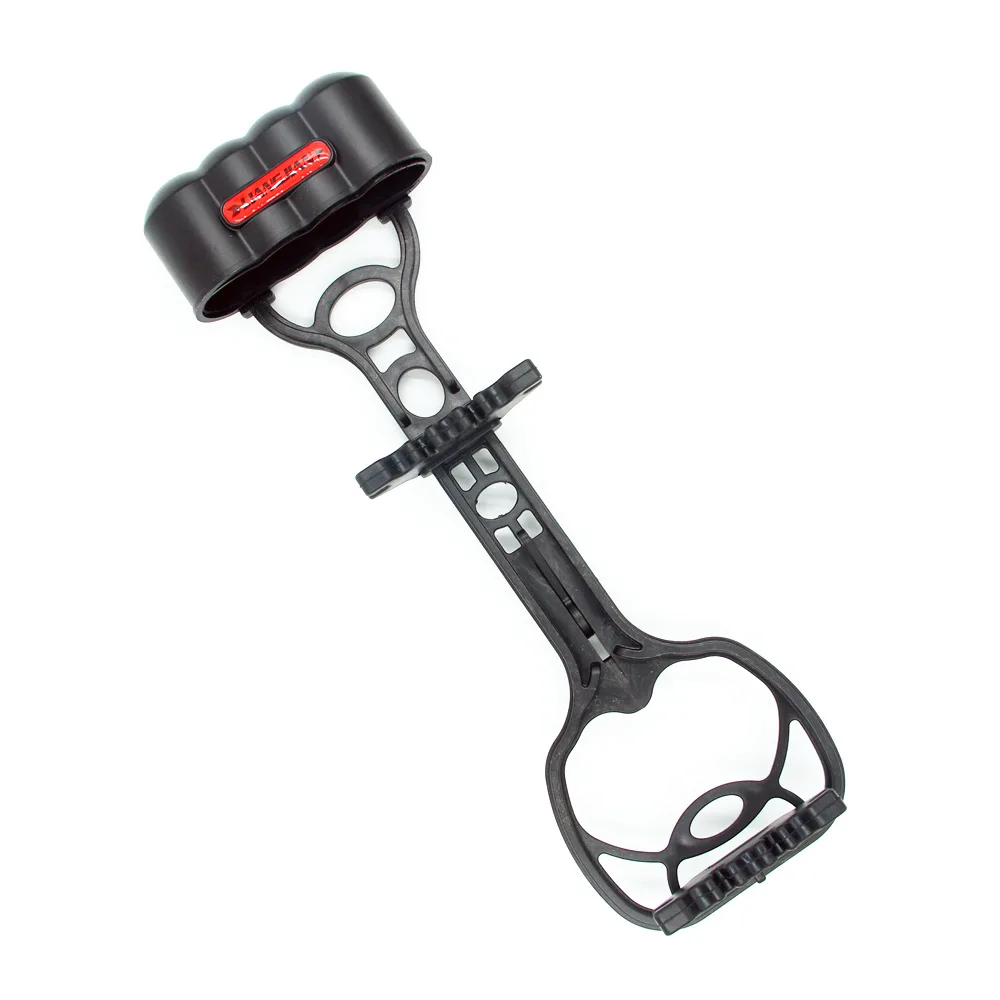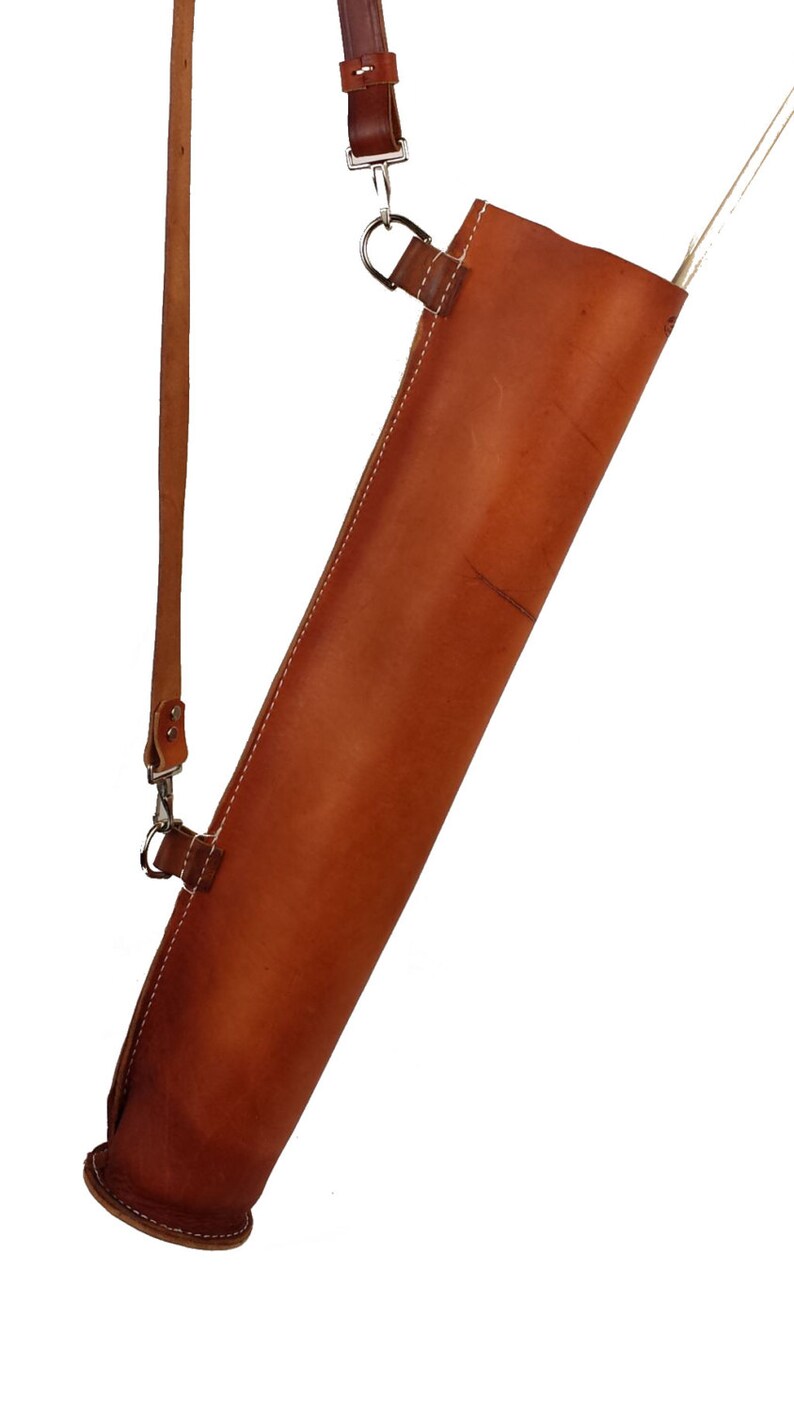

He is constantly creating and sharing ideas that build and sustain business and has developed a wonderful online sales academy. Whizbang! Retail Training- Bob Negen, I honestly don’t know when this man sleeps. Building an entry-level e-com website is easy but differentiation is critical.Ĭrystal Media- Helps retailers grow through social media. Josh Orr and Streamline Retail work with retailers to gain traction in their online sales.

OneShop Retail, brings clienteling to a new level for your salespeople to improve their productivity and increase revenue. Here are some key “arrows” we have vetted that can make a difference in your retail business: We have also built strategic partnerships with synergistic businesses that provide additional and important arrows. How many arrows are in your quiver, that you can call into action?Īlong with our OTB planning and merchandise intelligence, a key arrow, we have also created other tools that add to your quiver to make decisions. Wouldn’t that be nice? According to Google, Hawkeye had 32 arrows, 16 on each side that were visible. If you are an Avengers fan you might have seen the jokes on Facebook, that Clint had a 3D printer available at lightning-fast speed. If you miss the target with one arrow, there is an ample supply of arrows to fall back on. Securing arrows in your quiver is also a way to mitigate risk. Thinking about how many arrows are in your quiver is also a remedy to reduce stress, and thus focus on those arrows that solve problems, instead of focusing on precipitating factors that are expressed in fear, anxiety, and stress. The relationships to this metaphor are endless like being the hunter, having enough replacement strings for your bow, (meaning always to be prepared), different types of arrows, not one strategy or tactic meets all situations, etc. Their main use is to transport and protect arrows.The quiver holds the arrows, you as the store owner are the archer and the target is your retail business goal. The Yazutsu is a different type, used in Kyudo. Yebira refers to a variety of quiver designs. Some had straps or rope sewn to them for carrying, but many either were tucked into the belt or set on the ground before battle to allow easier access. When not in use, the drawstring could be closed, completely covering the arrows so as to protect them from rain and dirt. They are popular with compound bow hunters as it allows one piece of equipment to be carried in the field without encumbering the hunter's body.Ī style used by medieval English longbowmen and several other cultures, an arrow bag is a simple drawstring cloth sack with a leather spacer at the top to keep the arrows divided. They can be simply stakes in the ground with a ring at the top to hold the arrows, or more elaborate designs that hold the arrows within reach without the archer having to lean down to draw.Ī modern invention, the bow quiver attaches directly to the bow's limbs and holds the arrows steady with a clip of some kind. Ground quiver Ī ground quiver is used for both target shooting or warfare when the archer is shooting from a fixed location. While popular in cinema and 20th century art for depictions of medieval European characters (such as Robin Hood), this style of quiver was rarely used in medieval Europe. They were also used in Ancient Greece and often feature on sculptural representations of Artemis, goddess of the hunt. This style of quiver was used by native peoples of North America and Africa, and was also commonly depicted in bas-reliefs from ancient Assyria. Arrows can be drawn over the shoulder rapidly by the nock. The Bayeux Tapestry shows that most bowmen in medieval Europe used belt quivers.īack quiver A y-shaped harness for a back quiver features on this bronze statue of Artemis, goddess of the hunt, mid-4th century BC.īack quivers are secured to the archer's back by leather straps, with the nock ends protruding above the dominant hand's shoulder. Some variants enclose almost the entire arrow, while minimalist "pocket quivers" consist of little more than a small stiff pouch that only covers the first few inches. Many variations of this type exist, such as being canted forwards or backwards, and being carried on the dominant hand side, off-hand side, or the small of the back. They are found across many cultures from North America to China. The most common style of quiver is a flat or cylindrical container suspended from the belt. The top left archer was caught unprepared and has hastily thrown his belt quiver about his shoulders, as well as forgetting his helmet. Norman archers depicted in the Bayeux Tapestry.


 0 kommentar(er)
0 kommentar(er)
